Swiss SECO export growth lowered 2022 GDP growth forecast from 3.0% to 2.8%. It said, “higher inflation and the Ukraine conflict are slowing the pace of recovery.” It added, “the war in Ukraine poses major risks for the global economy.” For 2023, growth projection is kept unchanged at 2.0%.
Recent appreciation of the Swiss Franc is ” helping to contain price pressures within Switzerland, but higher inflation rates are still to be expected on the domestic front.” 2022 inflation forecasts was raised sharply from 1.1% to 1.9, then slowed to 0.7% in 2023. .
SECO said: “The direct impact of the Ukraine conflict on Switzerland is likely to be limited, given the relatively low level of economic ties with Russia and Ukraine. Nonetheless, significant indirect effects are to be expected. World prices of key exports from Russia and Ukraine – energy resources as well as certain food staples and industrial metals – have soared. Global inflationary pressures will therefore remain high for now. ”




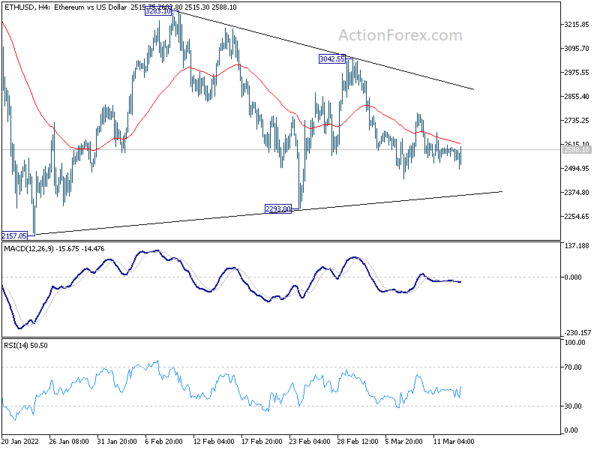
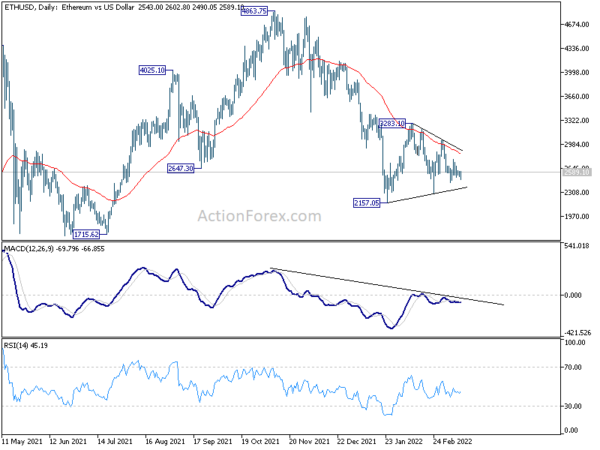
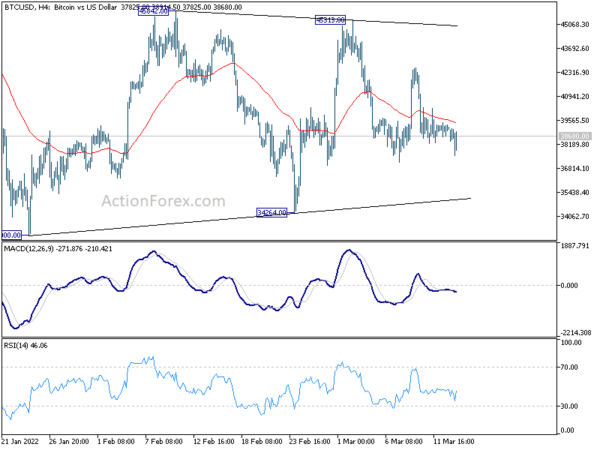
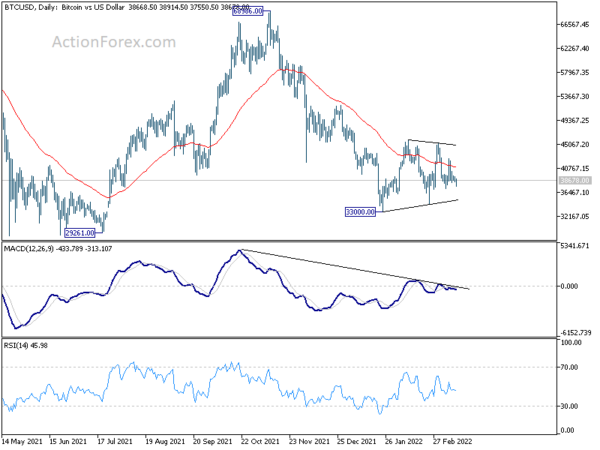
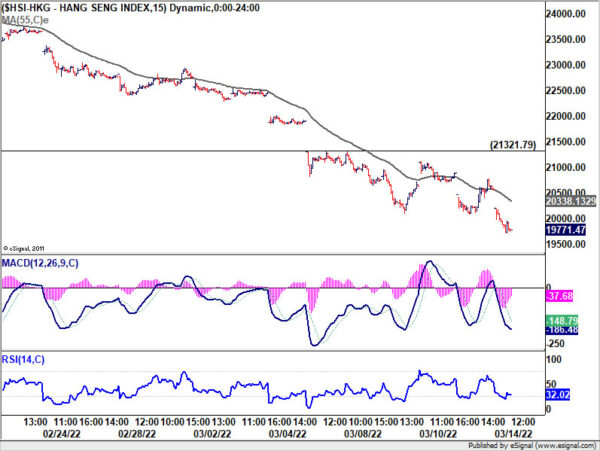
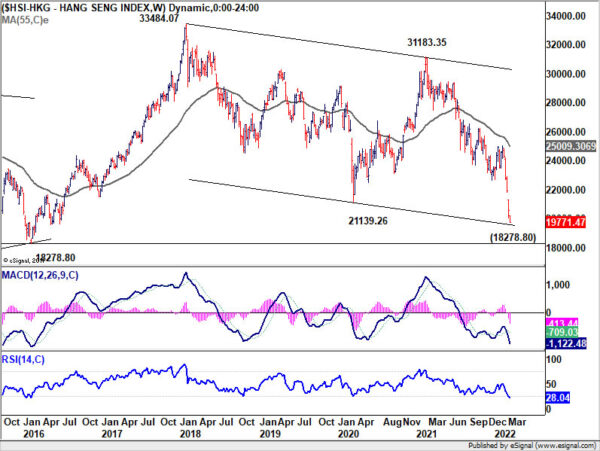
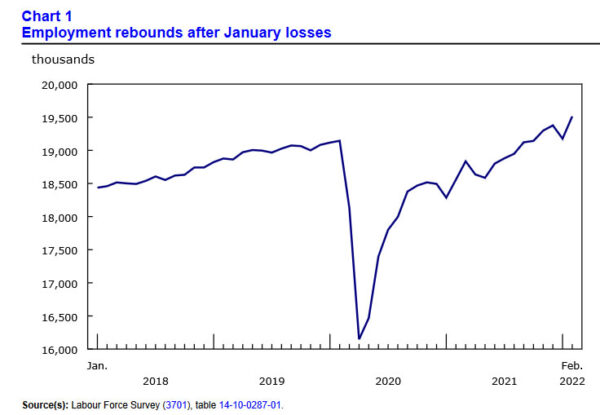
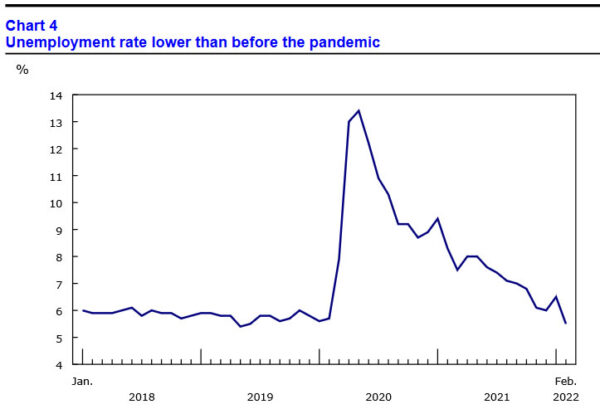
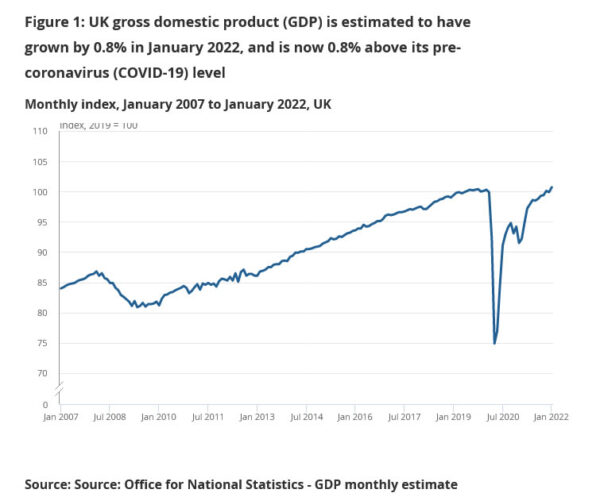
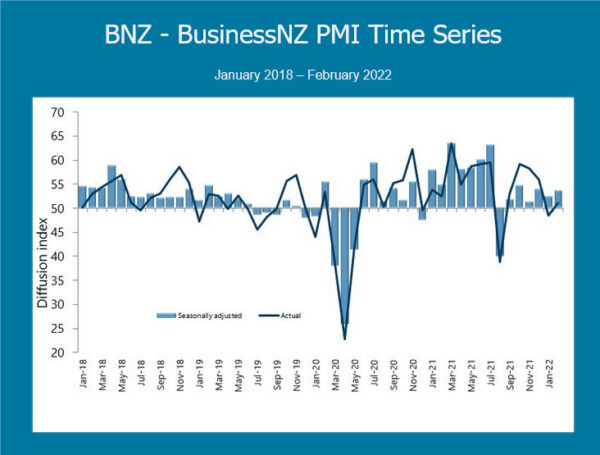
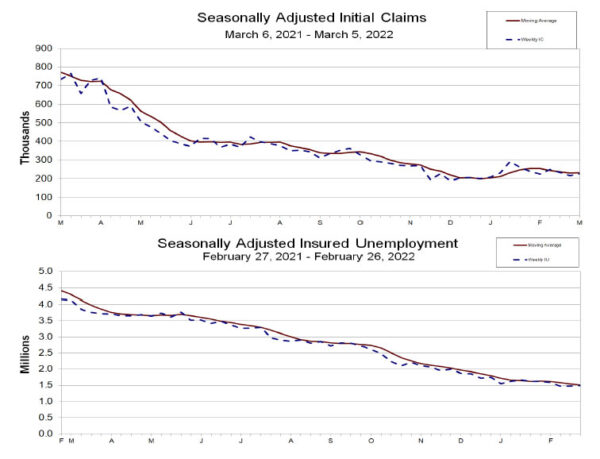
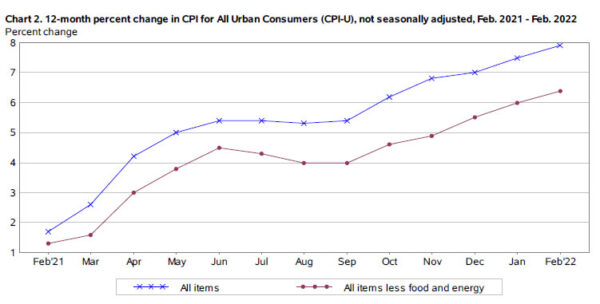
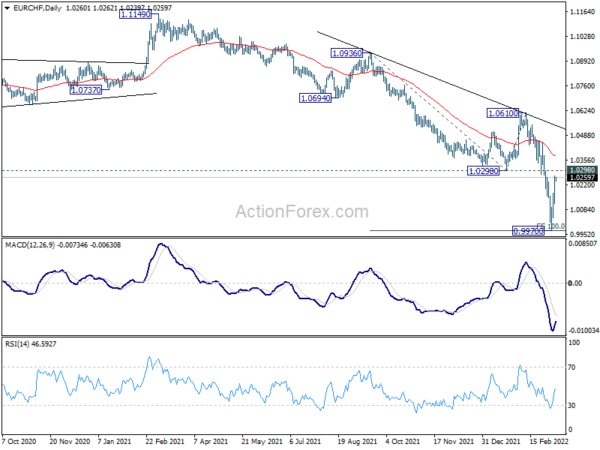
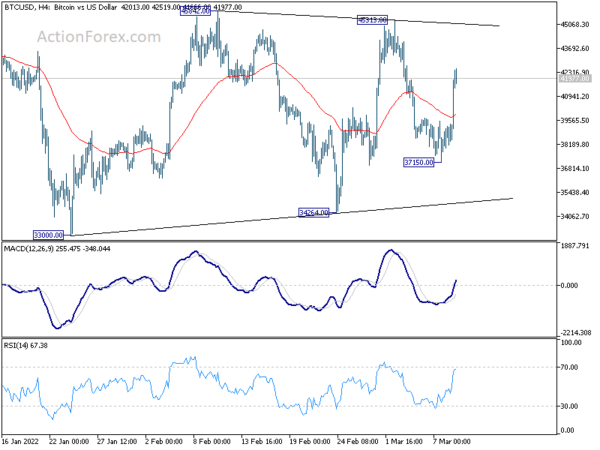
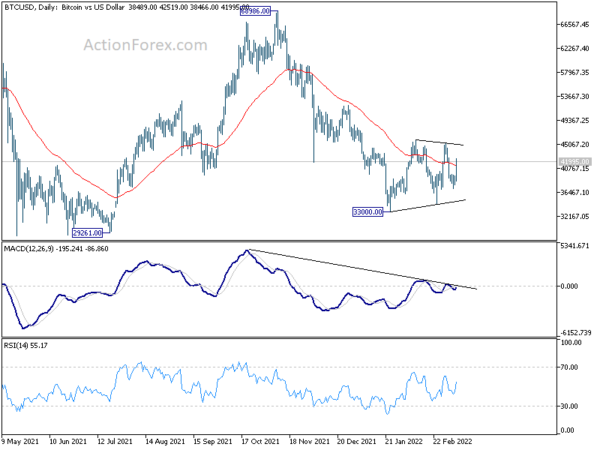

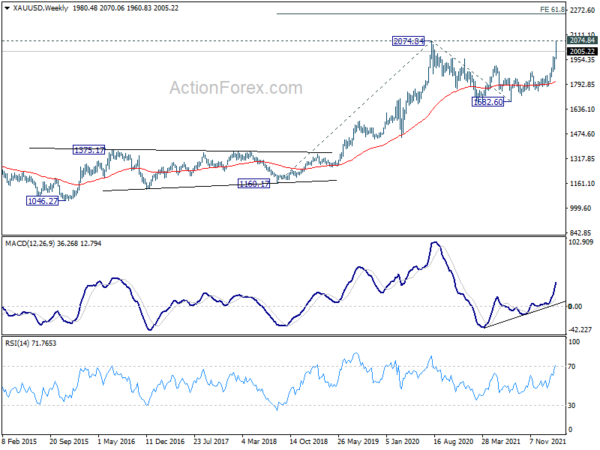
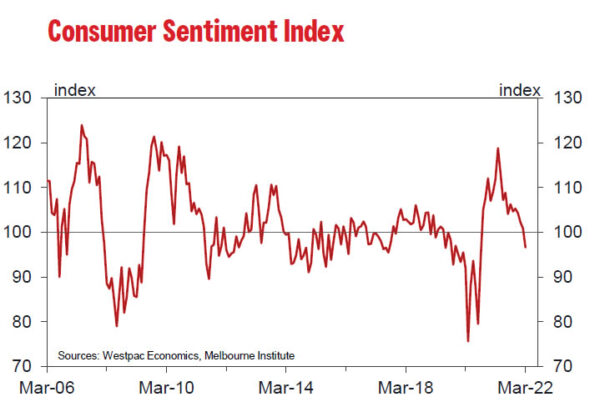

China Shanghai SSE plunged on fresh pandemic lockdown
Chinese stocks plunged notably today on worries that continued surge of coronavirus cases would impose downside risks to the economy, at least for the near term.
More local symptomatic cases are reported so far this year than the whole of 2021. The even bigger question is on the vulnerability of people there against Omicron, as they’re given locally development vaccine by the government only. Import of common vaccines like Astrazeneca and Pfizer Biontech are banned.
Massive lockdown is imposed in the southern technology hub of Shenzhen, including suspension of public transports start today. Meanwhile, the financial hub of Shanghai is also locking down some housing and office complexes.
The Shanghai SSE closed down -2.60%, or -86.21 pts, at 3233.53. The recovery started last week could turn out to be very brief as the medium term decline from 3731.68 is set to continue downward as long as 3500.28 resistance holds.
In the picture, current development argues that whole up trend from 2440.90 (2018 low) has already complete with three waves up to 3731.68. Fall from there should at least have a take on 61.8% retracement at 2933.97 which is close to 3000 handle.